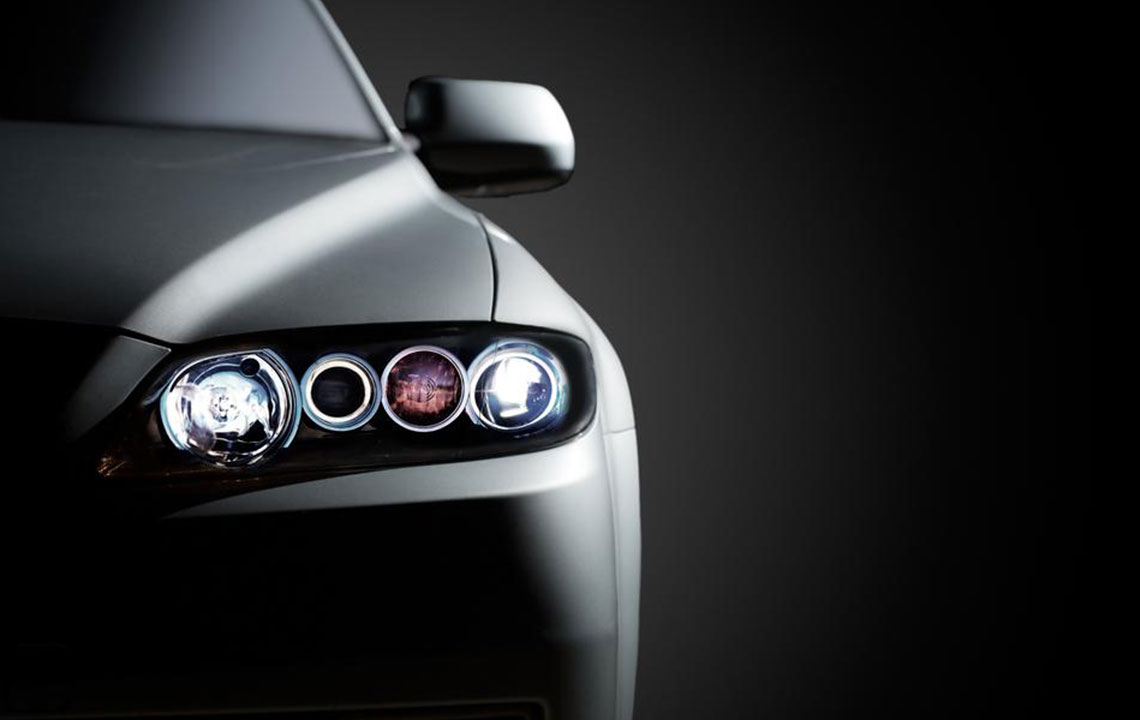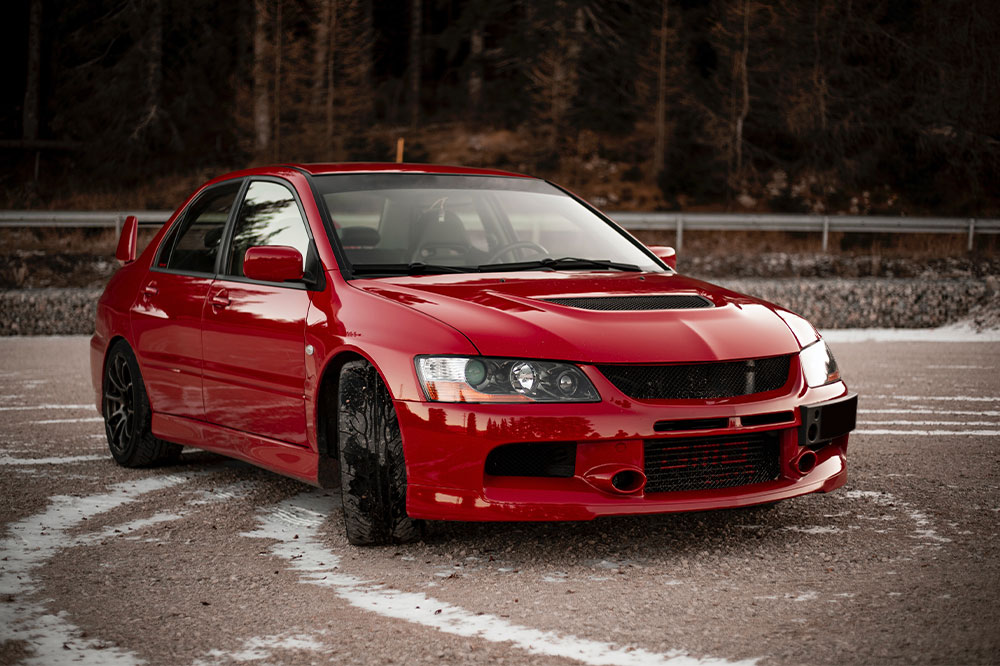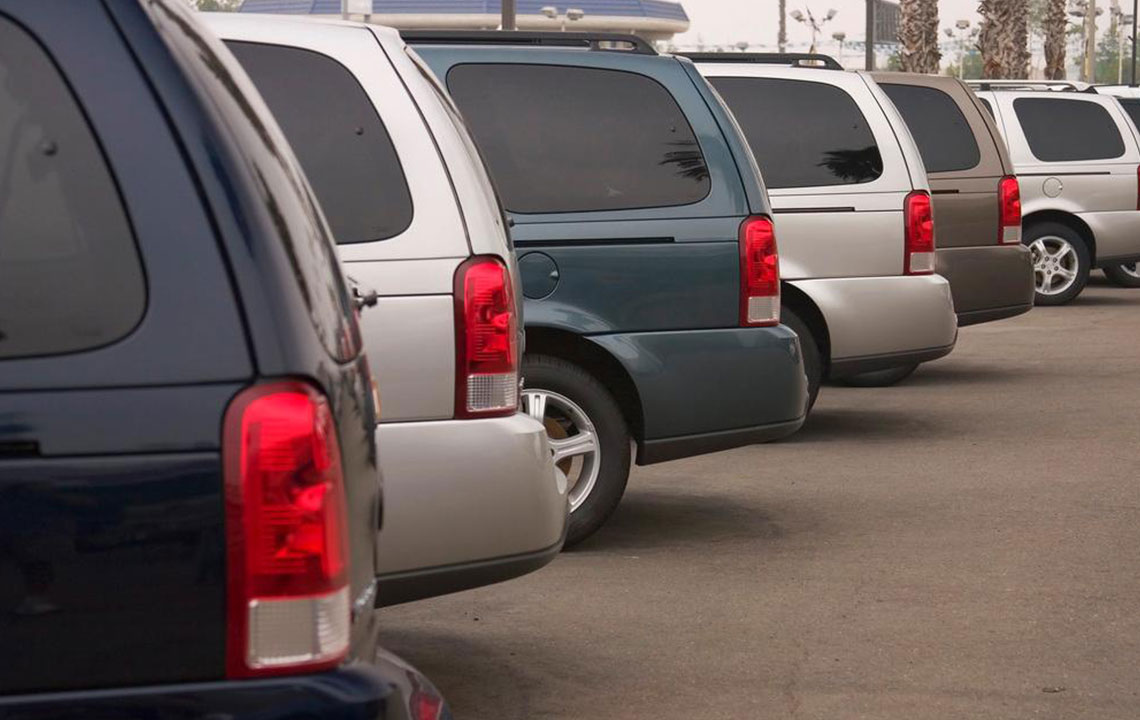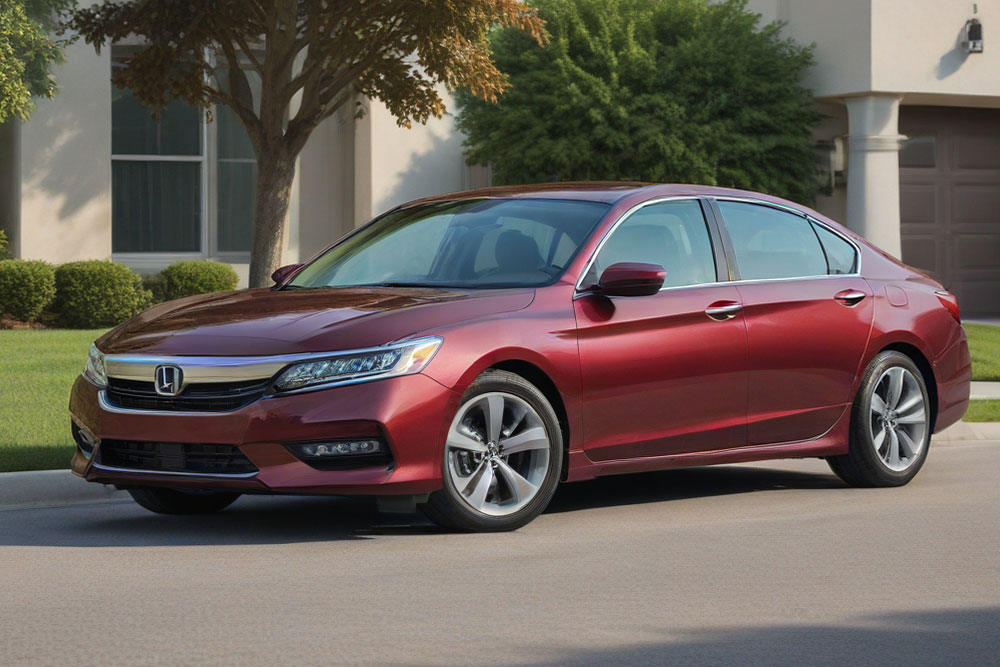History and Key Highlights of the Chevrolet Cavalier
Discover the rich history and key features of the Chevrolet Cavalier, a reliable and affordable compact sedan produced from 1981 to 2005. This overview traces its evolution across three generations, highlighting design changes, safety enhancements, and performance upgrades that made it a popular choice among drivers worldwide. From its debut as an economical alternative to its final phase, the Cavalier exemplifies Chevrolet's commitment to practical and innovative vehicles that balance performance and affordability.
Sponsored

Introduction to the Chevrolet Cavalier
Produced by Chevrolet, the Cavalier is a compact sedan that has left a lasting impact since its debut. Launched in 1981, it aimed to provide an affordable alternative in the compact car segment, competing with models such as the Toyota Corolla. Throughout its production run, the Cavalier became a popular choice for drivers seeking a reliable and budget-friendly vehicle. Over three generations, it evolved in design and features, concluding production in 2005 when the Chevrolet Cobalt succeeded it.
First Generation (1982–1987)
This era featured a unibody construction with various body styles, including hatchbacks, sedans, and wagons. Early models offered customizable options like stripes and alloy wheels. Upgrades in 1983 introduced new engines and a five-speed manual transmission, while 1984 refreshed the vehicle's styling. Notable enhancements included a larger engine, sporty Z24 packages with digital gauges, and updated front and rear designs mid-generation.
Second Generation (1988–1994)
The second round saw significant improvements, such as redesigned steering columns and trunk configurations. Safety features, like shoulder belts, became standard, and innovations like self-aligning steering wheels added safety. Features such as anti-lock brakes and automatic seats were introduced, along with styling updates for a modern look. The interior design and safety mechanisms saw continuous refinement during this period.
Third Generation (1995–2005)
The final generation brought a more aerodynamic shape, increased interior space, and updated dimensions. The lineup narrowed to mainly coupe and sedan models, with a return of the convertible in 1996. Dual airbags, daytime running lamps, and improved engines like Ecotec increased the vehicle's safety and performance. Notably, in 2002, the Cavalier adopted a four-speed automatic transmission, emphasizing comfort and efficiency. Production ceased in 2005, replaced by newer models focusing on modern features and performance.
The Chevrolet Cavalier is remembered for its affordability, reliability, and notable handling, earning a dedicated following during its nearly two-decade market presence. It remains an important chapter in Chevrolet’s history of producing cost-effective, practical vehicles.






